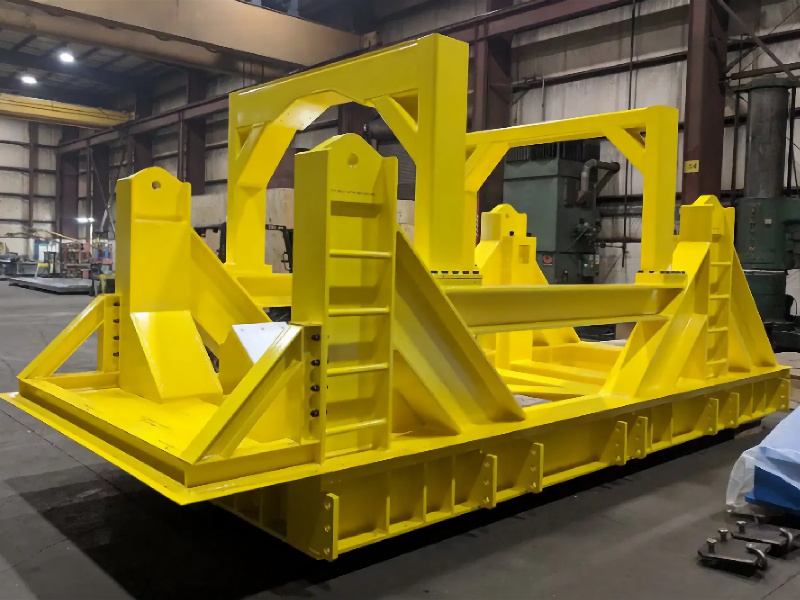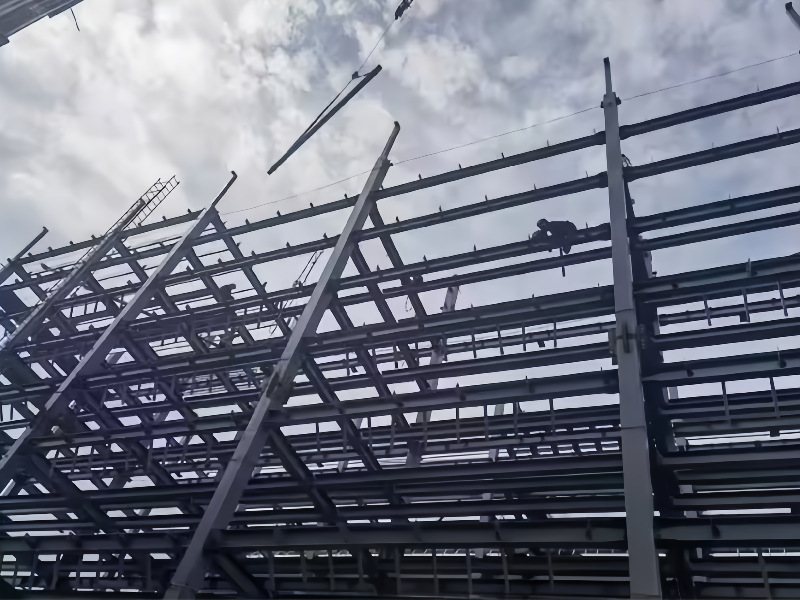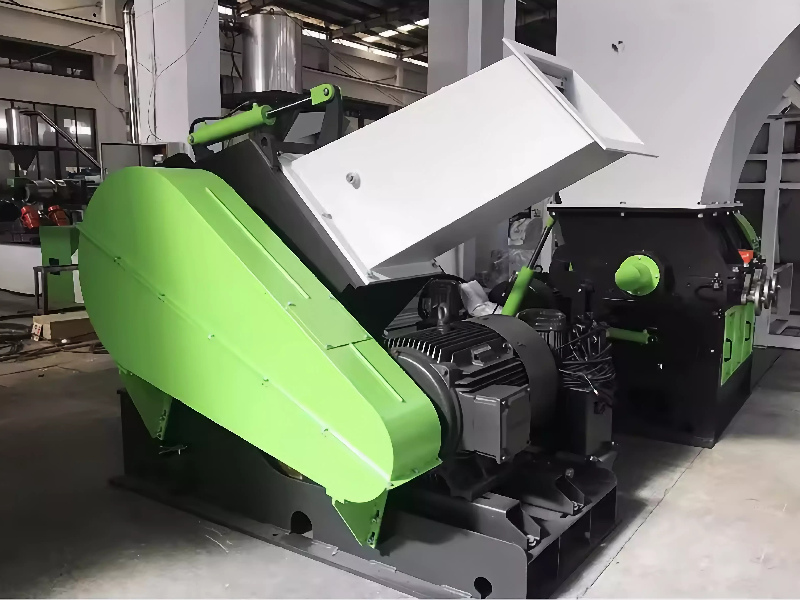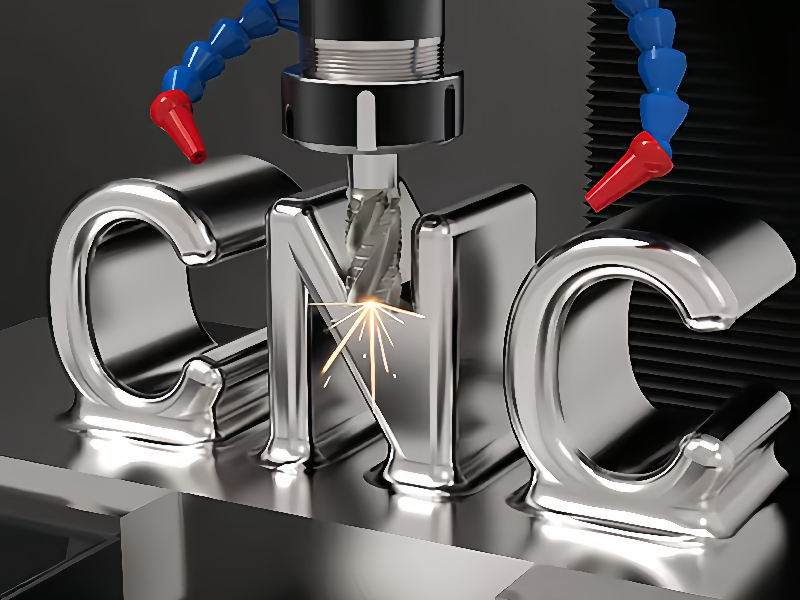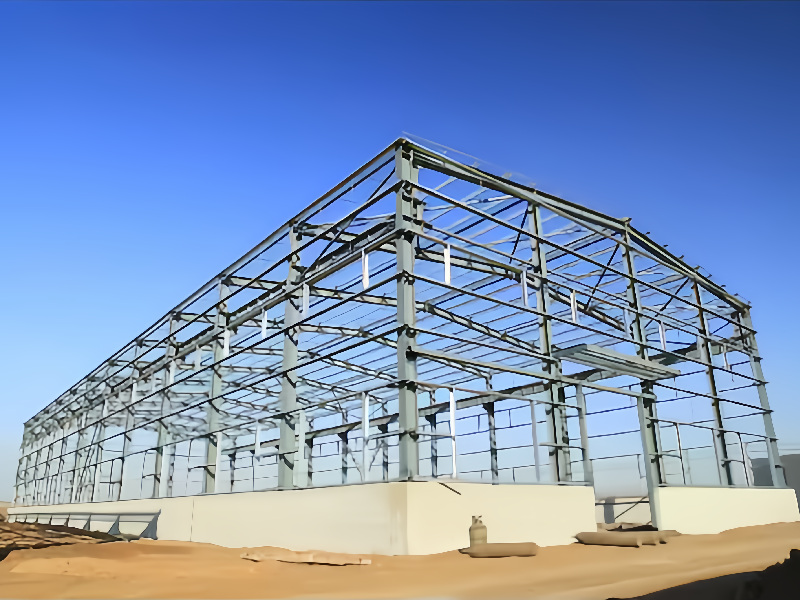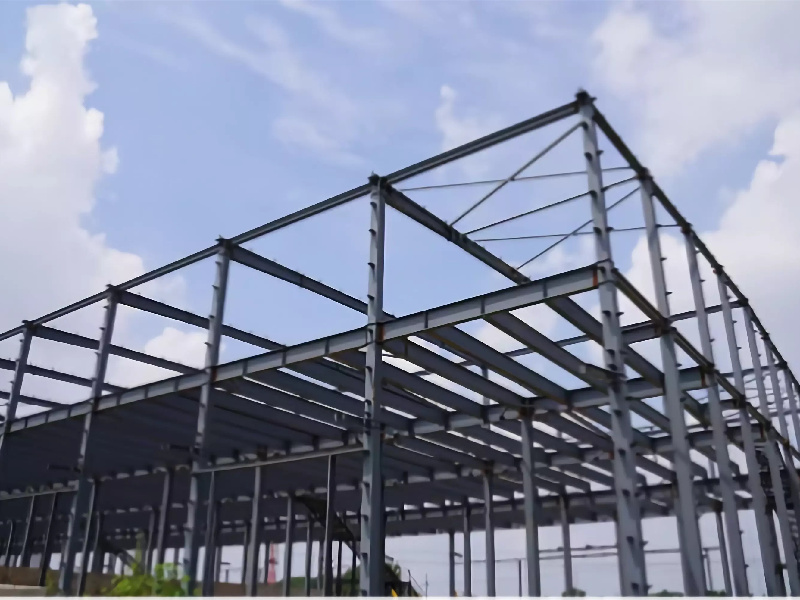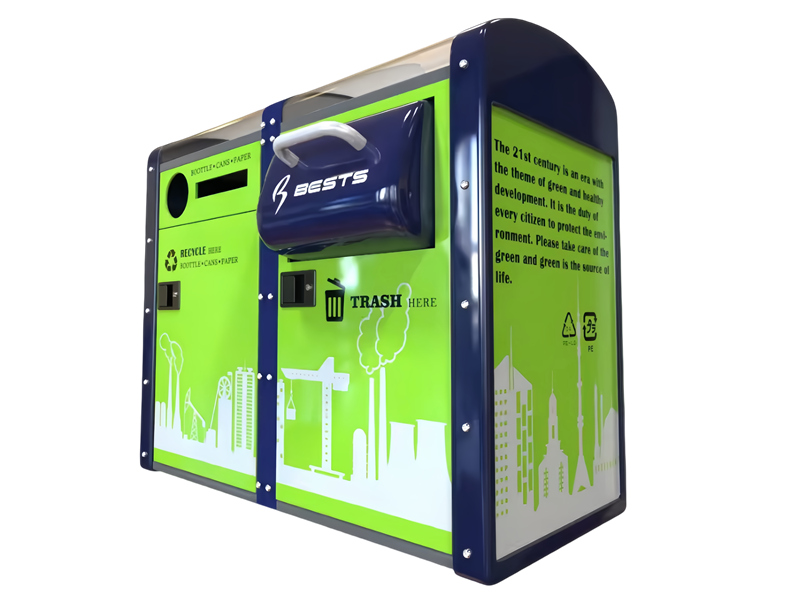The Future Trends in CNC Machining Technology
Feb 17, 2024
As we embark on the path to technological advancement, CNC machining stands at the forefront of innovation in precision metal fabrication manufacturing. CNC machining opens up a world of possibilities for higher quality, faster production, and enhanced customer satisfaction.
Advancing Precision, Efficiency, and Reliability:
To achieve higher precision levels, continuous improvement in machine tool structures, control system accuracy, and process optimization is very important. By enhancing these aspects, CNC machining can deliver superior precision, enabling the manufacturing of intricate components. Additionally, embracing high-speed cutting and rapid feed technologies improves efficiency by reducing production cycles. Simultaneously, reinforcing machine stability and durability design minimizes failure rates, ensuring enhanced production stability. Imagine a scenario where CNC machining is employed to create complex aerospace components. With improved precision, the technology enables the production of intricate parts with tight tolerances, ultimately contributing to the overall performance and safety of aircraft. Moreover, the increased efficiency through rapid feed technologies significantly reduces manufacturing time, enabling faster delivery and improved productivity.
Advancing in Multi-Axis Linkage and Composite Machining Capabilities:
The future of CNC machining lies in the ability to integrate multiple axes, enabling the processing of complex components. Combining various machining methods such as milling, turning, and grinding within a single machine allows for seamless composite machining, reducing the need for multiple setups and enhancing overall productivity. Just consider a scenario where a CNC machine with multi-axis capabilities is used to manufacture medical implants. This technology enables the simultaneous machining of intricate geometries, such as bone screws and customized joint components. By integrating multiple machining approaches, the accurate CNC machining streamlines the production process, reducing production time, and minimizing human error.
Embracing Intelligent and Networked Systems:
The future of CNC machining works involves the integration of artificial intelligence and big data technologies to automate processes, enable intelligent decision-making, and control the machining process efficiently. Additionally, networked CNC machines facilitate remote monitoring, fault diagnosis, and maintenance, optimizing production efficiency and equipment utilization. For example a manufacturing facility where CNC machines are equipped with AI systems that analyze real-time data to optimize cutting parameters. These intelligent systems adapt to changes in material properties, tool wear, and production demands, leading to improved productivity and reduced waste. Furthermore, networked CNC machines allow for remote monitoring, enabling technicians to diagnose issues promptly and perform maintenance, minimizing downtime and maximizing machine availability.
Driving Green Manufacturing and Sustainability:
CNC machining is also gravitating towards green manufacturing practices, emphasizing the use of eco-friendly materials and low-energy consumption techniques. By minimizing environmental pollution and optimizing resource utilization, the industry strives to achieve sustainable development. When producing automotive components using CNC machining, implementing green manufacturing principles can involve using recyclable materials and adopting energy-saving strategies. For instance, the integration of eco-friendly coolant systems and the optimization of machining processes to reduce resource waste support sustainability goals, ensuring a greener future for the manufacturing industry.
The future of CNC machining is exciting, driven by advancements in precision, efficiency, reliability, multi-axis capabilities, intelligent systems, and sustainability. As the industry embraces these trends, CNC machining will continue to revolutionize manufacturing processes, offering enhanced capabilities, reduced lead times, and improved product quality.
Read More
